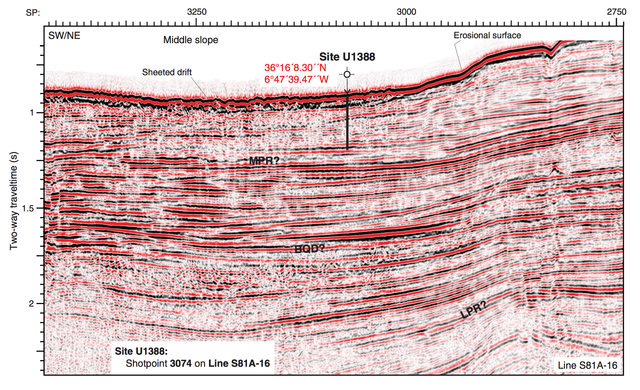Traditional interpretation methods are increasingly challenged by the volume of data, fewer experts in the industry and slow compute, which can no longer keep up with the demand
Over the years, many companies have become constrained by the compute power, memory bandwidth, and the amount of power and cooling that’s needed to run their technical operations.
The speed and accuracy of seismic interpretation are critical in the exploration workflow. Multi-GPU and multi-node GPU technology boosts throughput for visualisation and heavy computation. This improves calculation of 3D seismic trace attributes and visual analysis of complex regional basins right at the interpreter’s desk.
The high compute power, massively paralleled processors and high-speed memory of GPUs allow oil and gas companies to: visualise and analyse petabytes of well location data in milliseconds; implement advanced algorithms to locate faults in underground structures; and use deep learning training on raw seismic trace data to accelerate exploration and discover faults in geology.
The result is dramatically reduced model processing cycle times and sharper images of region-of-interest datasets. This can lead to more effective lease bidding, higher service revenues and, ultimately, greater chances of striking oil.

Well operators can visualise and analyse massive volumes and high cardinality of sensor data. Real-time analytics and alerts allow them to predict which piece of equipment might fail, which similar gear might do the same, and well loss of circulation in drilling. MapD, a GPU-accelerated database and platform, allows operators to identify regions of high activities to predict better bid prices.
Oil and gas companies also use machine learning algorithms to determine the best way to save money and adjust operations as conditions change. For example, if multiple submersible pumps fail without prediction or warning, the downtime would cost oil and gas companies millions of dollars a day.
Another example is oil and gas companies that take small samples of rock to extrapolate the value of the huge volumes within the reservoirs underneath. Without the prediction capability, there are huge risks with human errors. Machine learning techniques are more repeatable and reliable than human interpretation.
By running simulation of the core and matching that to the data collected, oil and gas companies can train the machine learning models to predict the behavior of the fluids of the core sample. This is very computational intensive and that’s where GPUs come in.
To determine where to drill, oil and gas companies rely on seismic imaging, a tool that uses microphone arrays to image the surface rock layers and other geological features. GPUs help companies like Chevron turn these large volumes of seismic data images into 3D maps to improve the accuracy of reservoir predictions, and mitigate the risk associated with expensive drilling and production activities.
Other companies are using deep learning to train models to predict and improve the efficiency and safety of hydraulic fracturing. The fracking process can cost tens of millions of dollars. Companies want to quickly find effective fracture recipes for each shale region. Deep learning helps oil and gas companies learn how to fracture a given field as efficiently as possible, by suggesting effective spacings, proppants and pressure patterns for each well.
This is an abridged version of an article from Nvidia. To read the full article, log on to https://blogs.nvidia.com/blog







